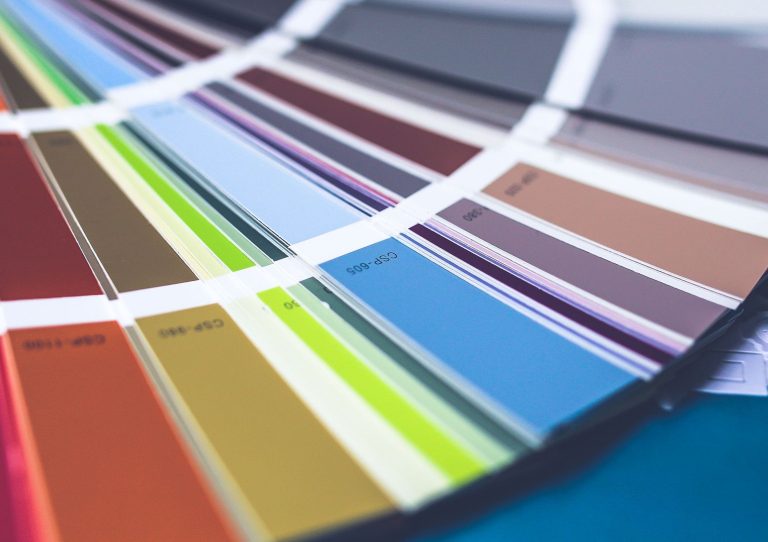Choosing Unique Color Schemes
Choosing Unique Color Schemes: A Guide to Stand-Out Palettes
Introduction
Selecting the right color scheme is crucial in defining the aesthetic and atmosphere of any space. Whether you’re redecorating your home, planning an event, or designing a brand identity, unique color schemes can set the tone and make a memorable impression. This guide will explore how to choose color palettes that are both unique and harmonious, ensuring your project stands out.
Understanding Color Theory
Before diving into unique combinations, it’s important to have a basic understanding of color theory. This includes knowledge of the color wheel, understanding primary, secondary, and tertiary colors, and how different colors interact with each other. Comprehension of color harmony – the creation of aesthetically pleasing color combinations – is key to developing unique palettes.
1. Drawing Inspiration from Nature
Nature is an incredible source of inspiration for color schemes. The natural world is full of unique and harmonious color combinations. For example, the serene blues and greens of a forest landscape or the vibrant oranges and reds of a sunset can inspire a palette that feels both fresh and familiar.
2. Cultural and Historical Influences
Colors have different meanings and associations in various cultures and historical periods. Researching these can provide a rich source of inspiration. For instance, the bold colors used in traditional African fabrics or the pastel hues of Art Deco design can inspire unique color schemes.
3. Utilizing Technology and Tools
There are numerous digital tools available that can help in choosing unique color schemes. Apps and websites like Adobe Color, Coolors, or Color Hunt allow you to experiment with different combinations and can generate palettes based on a single color or theme.
4. Experimenting with Contrast and Saturation
Playing with contrast and saturation can lead to distinctive palettes. High contrast color schemes, where colors sit opposite each other on the color wheel, can create a dynamic look. Alternatively, using varying saturations of the same color can result in a subtle yet sophisticated scheme.
5. Incorporating Neutrals for Balance
While exploring unique colors, don’t underestimate the power of neutrals. Adding white, black, or shades of grey can balance out more vivid colors and add a level of sophistication to your scheme.
6. Personal Preferences and Trends
Ultimately, your personal preference plays a significant role. Choose colors that resonate with you or your brand’s personality. While being mindful of trends can be useful, staying true to your personal or brand identity will result in a more authentic and unique color scheme.
Conclusion
Choosing a unique color scheme is a balance of art and science. By understanding basic color theory, drawing inspiration from various sources, utilizing digital tools, and staying true to personal preferences, you can create color combinations that are both distinctive and harmonious. Remember, the best color schemes are not only visually appealing but also resonate with the intended audience or reflect the intended mood.







